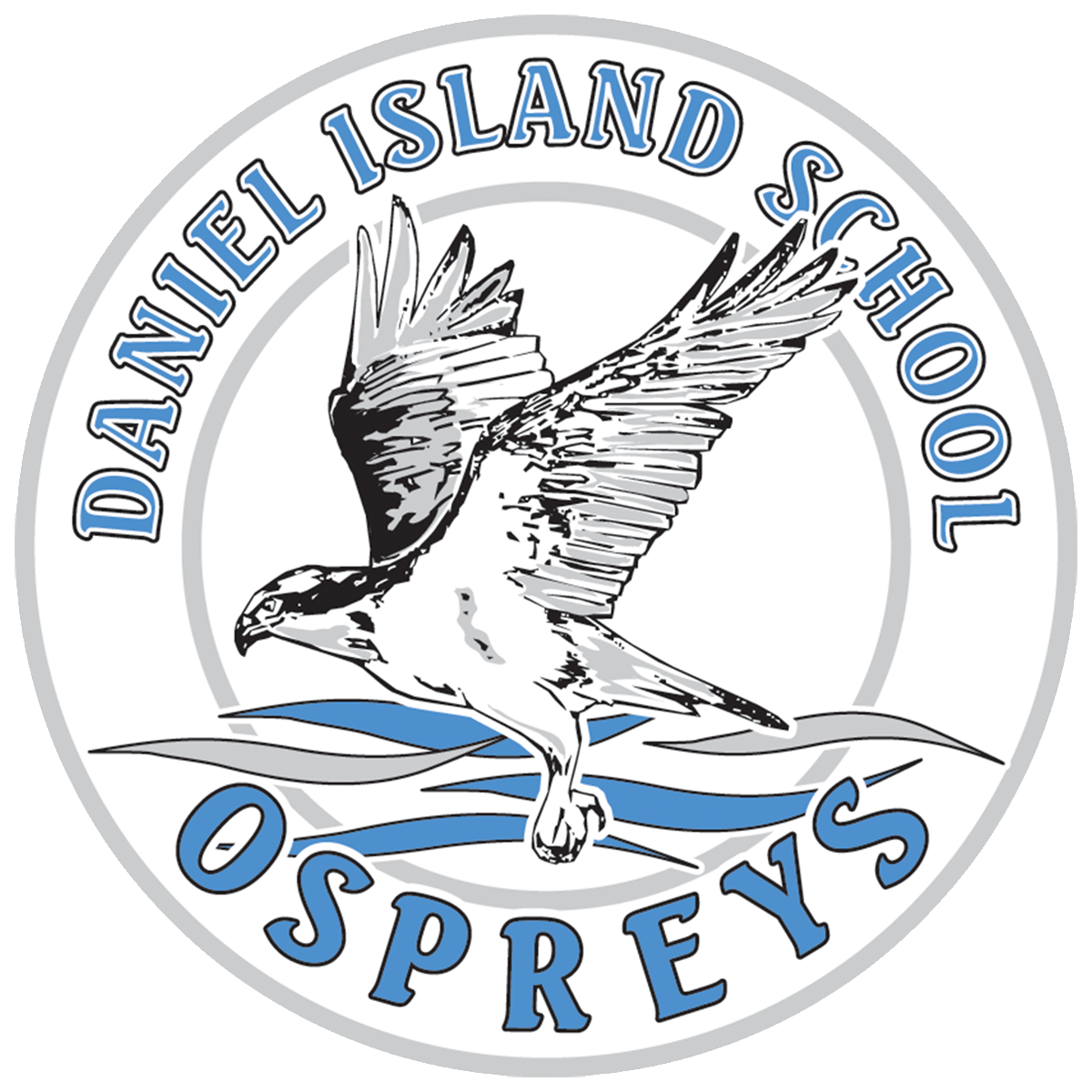A handful of eighth graders from Daniel Island School were recently named state winners in a unique program that challenged students’ knowledge on growing crops in outer space – it also gave them a huge opportunity to work with NASA.
Dr. Marsha Neal leads the school’s Gateway to Technology class. Her 34 eighth-grade Gateway to Technoloy students took part in thePlant the Moon Challenge, a program that is part of theInstitute for Competition Sciences.
The Institute of Competition Sciences is a full-service education and workforce development firm specializing in the design and management of challenge-based learning programs.
Daniel Island School participated in the Plant the Moon Challenge through a partnership with Space Grant Consortia. The partnership is a NASA-funded regional project geared toward expanding the reach of the challenge to underserved and underrepresented STEM students in the six partnering areas: Virginia (lead), North Carolina, South Carolina, West Virginia, Florida and Puerto Rico.
Officials from the South Carolina Space Grant Consortium said that the NASA Space Grant Regional Expansion Project builds on the Plant the Moon Challenge by providing additional support to educators, free lunar regolith simulant kits, stipends to purchase materials, enhancement activities, special awards, and expanded educator professional development. The project is expected to engage more than 13,000 students in PTMC over the next three years.
Neal is a member of Boeing’s DreamLearners program. Boeing e-mailed its program participants with information about the grant opportunity. Neal applied for the grant and was accepted; the grant paid for all of the materials for the program, as well as the registration cost for each team.
As part of the project, the Daniel Island School students split into six teams that were part of a global science experiment and research challenge to examine how vegetable crops can grow in lunar or Martian soil. Using real soil simulant from the University of Central Florida’s CLASS Exolith Lab, the teams designed and conducted a set of experiments using the simulant to grow crops for a future long-duration mission, according to the consortium.
“This project allowed my students to not only learn how to conduct scientific experiments, but also have the opportunity to explore different possibilities in plant life on the Moon that will impact the future of space exploration for the United States,” Neal said.
A panel of NASA scientists, program executives, and other dignitaries determined Best in Show award winners across the state for middle schools who participated. Their research will help NASA scientists understand how to use lunar soil to provide nutritious crops for future missions to the Moon or Mars.
A total of four awards were given statewide at the middle school level. Two of the six Daniel Island School teams won state awards:
Team Liftoff! won the state award for the middle school division for Best Evaluation of Results. The group consisted of team captain Meredith Leeke, co-captain Olivia Allen, Caleb Bennett, Mia Dewey, Remi Keefer and Hope McLure.
Liftoff! team members said it was a great opportunity to learn how to present data in “an appealing and informative way.”
Holy City Spacemen won the state award for the middle school division for “Best Experimental Design”. The group consisted of team captain Giovanni Boscolo, co-captain Max Parker, Miles Orvin, Logan Sheninger and Chase Tonon. Team members said the project not only showed them how to plant seeds and do the experiment, but also tested students on their leadership skills, as well as their patience and integrity to help them finish the project.
Students from the winning teams will be recognized at the State Museum in Columbia on May 27.



